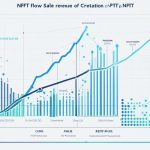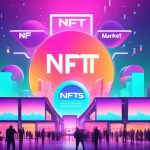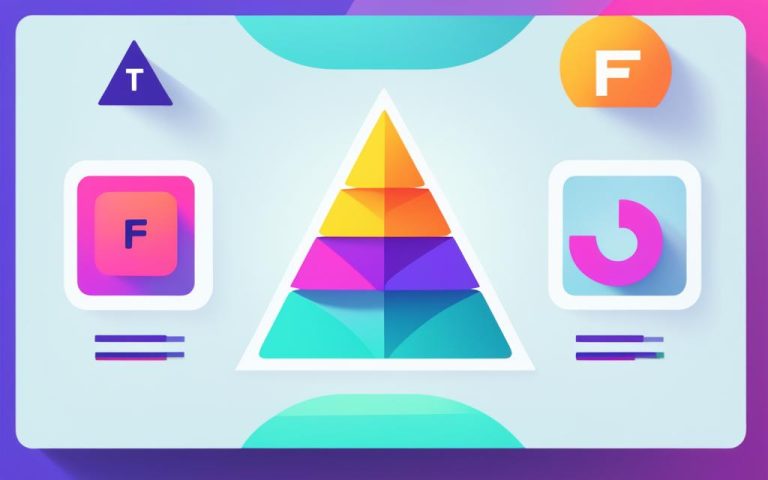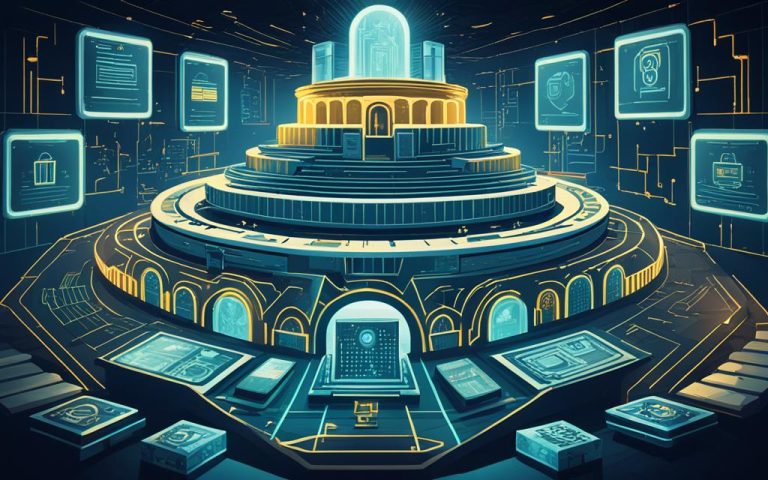Welcome to the thrilling universe of digital tokens! This article will shed light on the difference between NFT and SFT. Also, we’ll look into the comparison of NFT and SFT. By the end, you’ll grasp the distinct nature of both tokens.
NFTs, or Non-Fungible Tokens, stand out as unique digital assets. They can’t be traded equally with another token. Uniqueness is key for NFTs, as each one has special features. These features make them ideal for digital art, collectibles, in-game items, and beyond.
Then, there are SFTs, or Semi-Fungible Tokens. SFTs are both alike and different from other tokens. While you can swap SFTs with similar ones, they also have unique traits. This blend makes them great for event ticketing, customer rewards, and supply chain management.
The big split between NFTs and SFTs is their swap ability and life span. NFTs are always unique, echoing irreplaceable items. On the flip side, SFTs can go from common to unique in their life, adding flexibility in how they’re handled.
Having laid out the main contrasts between NFTs and SFTs, we can now dig deeper into each type. Keep reading to learn more about the exciting roles NFTs and SFTs play in different sectors.
What are NFTs?
NFTs, or Non-Fungible Tokens, stand out as they can’t be swapped equally for another token. They hold unique features and show who owns a certain item or asset.
NFTs have caught a lot of eyes lately, changing the digital scene. These special digital pieces let creators sell their work straight to buyers, cutting out middlemen. The blockchain tech that NFTs use confirms their realness and who owns them. This adds a clear view and safety.
NFTs shine in places like art, gaming, and collecting things. Digital art sees one of the biggest impacts from NTFs. Artists can turn their pieces into NFTs. This lets them keep control and make money off sales or trades. Artists now have a new way to earn and reach people worldwide.
Collections do well with NFTs too. From digital playing cards to unique digital pieces or even digital land, NFTs make owning and trading these special items safe. Their rarity and one-of-a-kind nature pull in collectors.
In gaming, NFTs leave a big mark. Gamers can buy items, characters, or whole virtual worlds as NFTs. They can trade, sell, or use these on different game platforms. This has built a big market for gamers.
The ways to use NFTs keep growing as more fields and makers see their benefits. From music to websites, virtual fashion, or digital land, NFTs bring a novel way to tokenize and trade digital items. The opportunities are vast.
Key takeaways:
- NFTs are unique digital assets that can’t be swapped one-for-one
- They show ownership of a special item or asset
- NFTs find uses in art, gaming, and collections
- They offer a clear view, safety, and proof of ownership via blockchain
- NFTs create chances for artists, collectors, and gamers
What are SFTs?
SFTs, or Semi-Fungible Tokens, are a mix of fungible and non-fungible tokens. They offer a special blend that opens up new paths in tokenization and managing assets.
While fungible tokens are entirely exchangeable, SFTs are a bit different. They have unique traits that make them stand out. They can be swapped with identical tokens but also have their own identity.
The ERC-1155 protocol is what powers SFTs. It lets you create both fungible and non-fungible tokens together. This makes deploying SFTs on the Ethereum blockchain easy and flexible.
Now, let’s look at how SFTs are used:
- Event Ticketing: For events, SFTs bring improved security, easy transfer, and realness. They start fungible but become special once used for entry, linking to the attendee.
- Customer Rewards: Businesses can create special rewards for customers with SFTs. They’re great for unique collectibles, VIP event access, or special deals, helping build loyalty.
- Supply Chain Management: SFTs help in tracking and verifying products. They use unique IDs for each token, making the product’s journey transparent and reducing fake goods.
These examples show the wide range of uses for SFTs. As digital assets grow, SFTs offer a thrilling chance to merge fungibility and uniqueness across fields.
| SFT Advantages | SFT Use Cases |
|---|---|
| Combines features of fungible and non-fungible tokens | Event Ticketing |
| Enhanced security and transferability | Customer Rewards |
| Easily deployed on the Ethereum blockchain | Supply Chain Management |
| Create personalized and unique rewards |
Conclusion
NFTs and SFTs have changed how we view ownership in the digital world. For example, “The Merge” sold for $91.8 million and Beeple’s artwork fetched $69,346,250. These NFTs are unique and indivisible, perfect for art and collectibles.
SFTs use a special standard called ERC-1155. This makes them both fungible and non-fungible. They’re great for gaming because they’re faster, less crowded, and cheaper. The RTFKT x Nike AR Hoodie is a standout SFT project. It lets people turn tokens into special AR hoodies.
NFTs and SFTs each have their own role in the crypto world. They help the digital asset market grow and change. While NFTs are popular in gaming and the metaverse, SFTs are mainly for blockchain gaming right now.
So, NFTs are best for unique digital items. SFTs are good when you need flexibility for the same token type. Both are shaping the future of digital ownership and changing industries.
For more info on NFTs and SFTs, check out this article, this resource, or this medium post.
FAQ
What is the difference between NFT and SFT?
NFTs are unique digital items that can’t be swapped one-for-one with others. SFTs mix characteristics of both fungible and non-fungible tokens and can be exchanged with similar ones.
What are NFTs?
NFTs stand for digital assets that are one-of-a-kind. You cannot swap them one-for-one with others. Each NFT has its own special features. They show who owns a certain item or asset. NFTs are popular in digital art, collectibles, gaming, and more.
What are SFTs?
SFTs merge features of both fungible and non-fungible tokens. They can be swapped with similar tokens. Yet, they can have unique attributes too. SFTs are often seen in event ticketing and customer rewards programs.



















